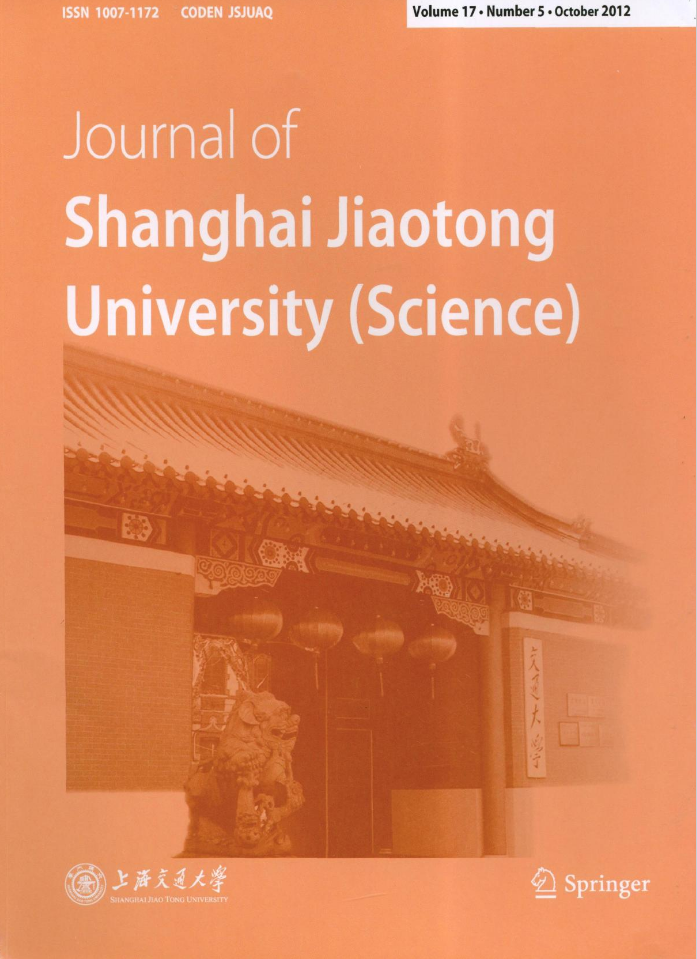|
|
Preparation and Characterization of the Covalent-Integrated
Poly(lactic acid) and Scrap Leather Fiber Composites
DUAN Jing-kuan1* (段景宽), FAN Chang-xiu1,2 (范常秀), LI Ya1 (李亚), JIANG Lan1 (蒋岚), SHAO Shuang-xi1 (邵双喜)
2012, 17 (5):
586-592.
doi: 10.1007/s12204-012-1329-2
Scrap leather fibers (SLFs) modified with active silane containing epoxide groups were incorporated
into poly(lactic acid) (PLA) modified by vinyl trimethoxysilane, i.e., the PLA/SLF composites were prepared
for bio-composites by solvent compounding technology in this article. The effects of silane coupling agents on
the structures of PLA and SLF molecules were examined, and the mechanical properties and thermal stability
of PLA/SLF composites were also measured. The results of Fourier-transform infrared spectroscopy (FTIR)
had proved that silane had been incorporated successfully to PLA and SLF molecules by means of the solvent
technology. Scanning electric microscopy (SEM) was used to investigate both the changes in shapes between the
pristine SLFs and the treated SLFs and the microscopic structures of composites. According to SEM results, it
was shown that there were some significant differences between the untreated and treated SLFs, and a double
continuous phase structure had occurred in PLA/SLF composites due to the excellent dispersion of SLFs in
matrix. The addition of the treated SLFs into PLA resulted in a distinct improvement of the impact and tensile
strengths. When the mass fraction of the treated SLFs was 15%, the notched impact strength and tensile strength
of PLA/SLF bio-composites were improved by 34.4% and 21.2% compared with the pristine PLA, respectively.
Additionally, with the increase of the modified SLFs content, the thermal stability of PLA/SLF bi-composites
was apparently improved. The macroscopic properties of bio-composites were found to be strongly dependent on
their components, concentration, dispersion and resulted morphological structures.
References |
Related Articles |
Metrics
|

